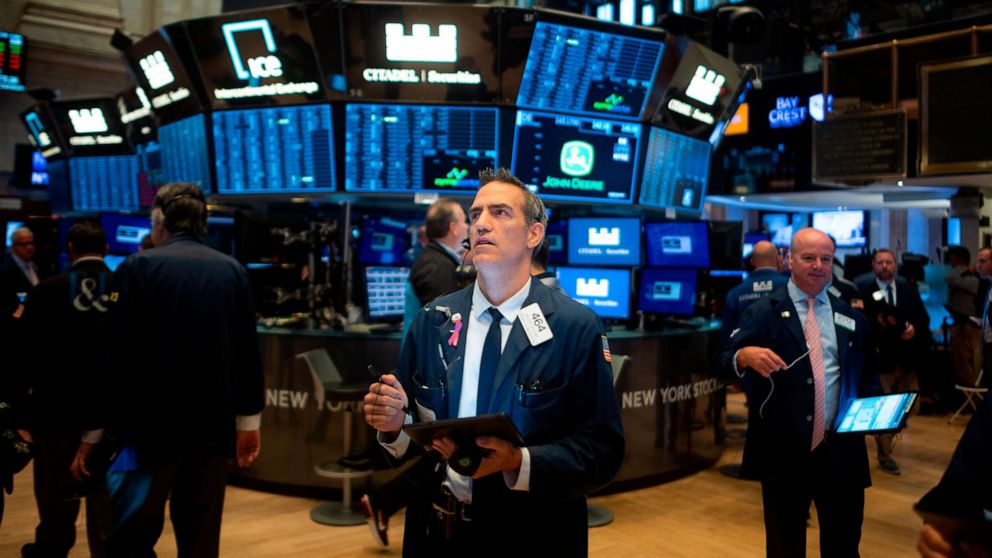What is an inverted yield curve? It's a recession's canary in a coal mine.
The Dow Jones Industrial Average suffered its worst day of 2019 on Wednesday, and economists offered an obscure culprit: an inverted yield curve.
What is it, and why did it spook investors?
On Aug. 14, the yield on 10-year Treasury bonds briefly fell below that of two-year bonds. That inversion, last seen in 2007, is viewed by several economists as an indicator of a coming recession.
“If you lock your money up for a longer period of time, you almost always get a higher interest rate," Duke University finance professor Campbell Harvey told ABC News. "However, today, things are backwards – 10-year interest rates are far below short-term rates. This is known as an ‘inverted yield curve.’ In the past 50 years, we have seen seven inverted interest rate curves. Each one was followed by a recession.”
Harvey's 1986 dissertation showed that the yield curve inverted before four recessions. Since then, it has inverted three times, he said, each one before a recession.
Michael Matousek, head trader at U.S. Global Investors, told ABC News that it's currently "more expensive for the government to borrow money for the shorter term than longer term."
"This stops companies from borrowing and taking out loans because the cost of capital is more expensive," he said. "It’s more expensive to borrow money."




